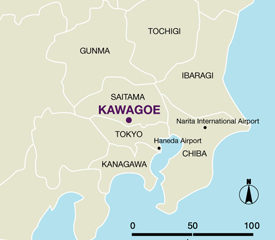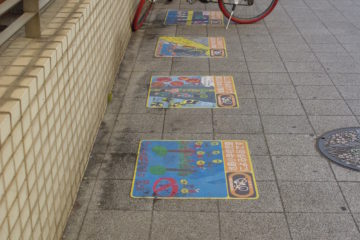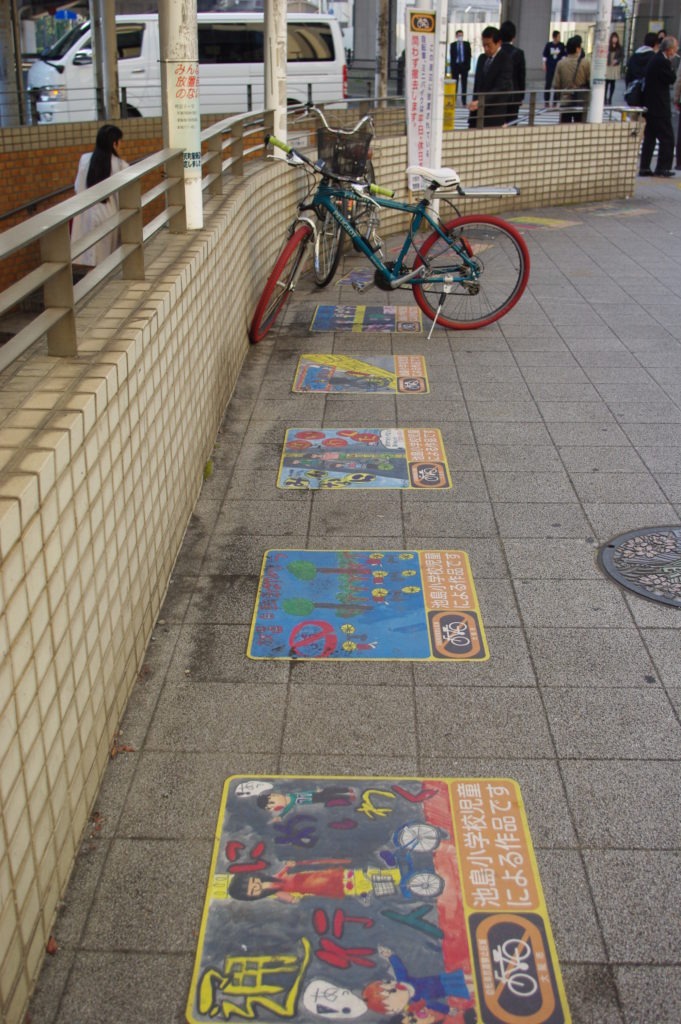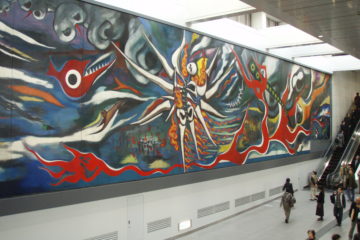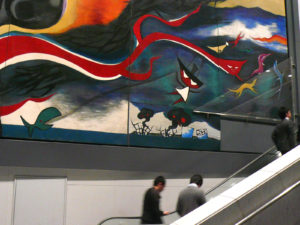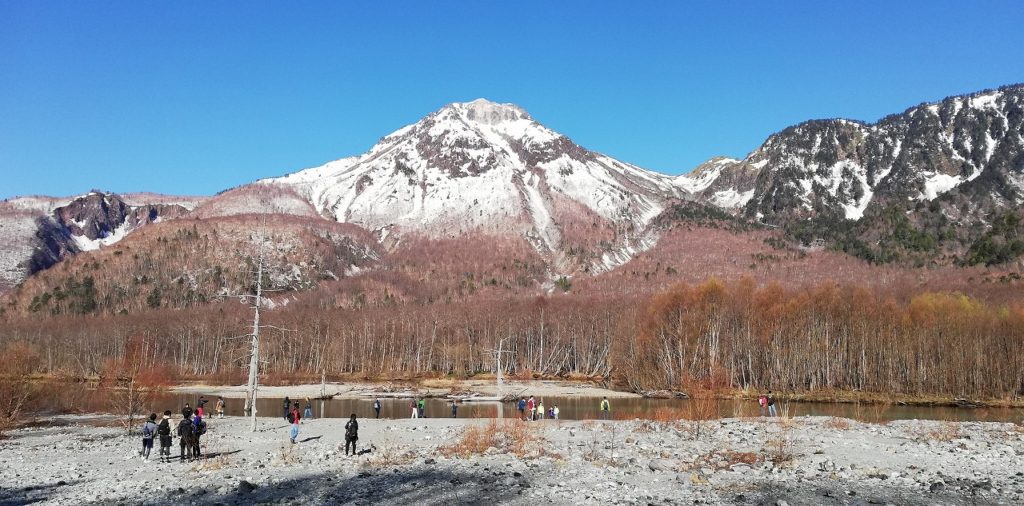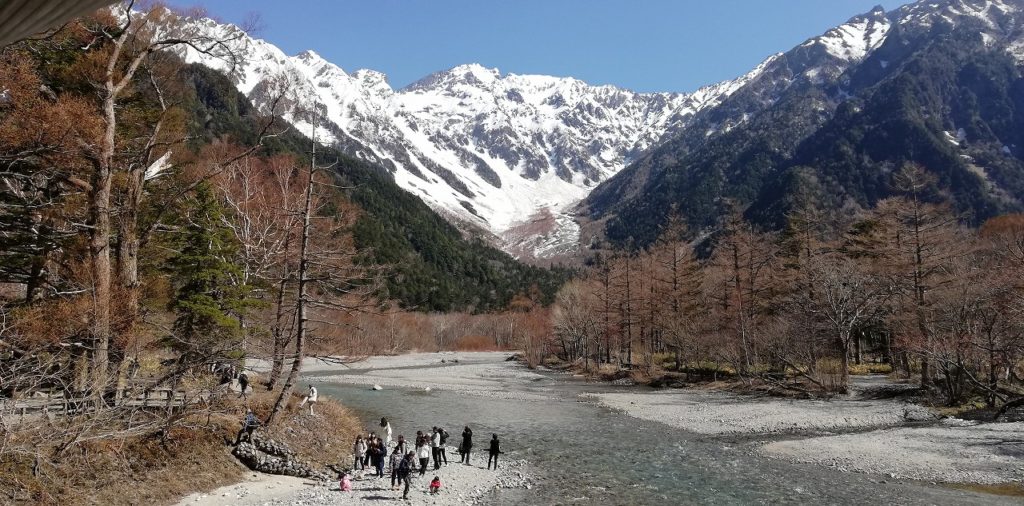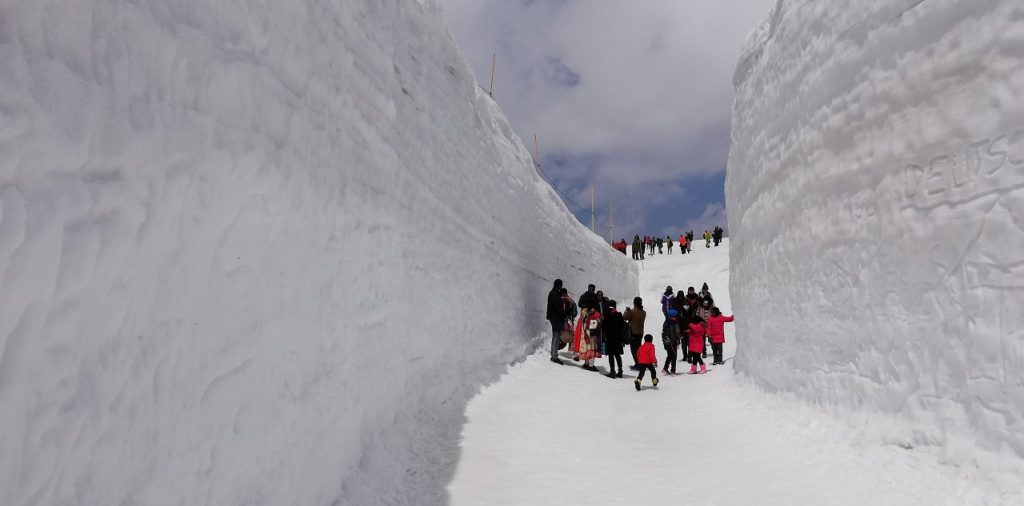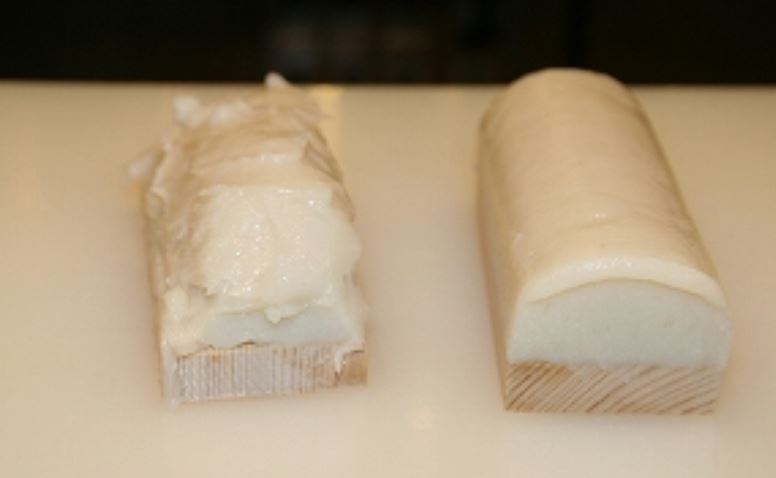
Making Kamaboko
Fish Paste Molding
The smell of the Suzuhiro Kamaboko Museum in Odawara leaves no doubt that real fish, and lots of it, is being processed here. The smell is not overwhelming nor offensive, but there is a definite waft of seafood present everywhere in this small building with a warm and woody interior.
Suzuhiro has been making kamaboko, fish paste formed in small loaves onto wooden slabs and then steamed, in the Odawara area since 1865. In the generations to come, this family-owned company would expand its business all the way to Tokyo and to the rest of Japan. But its reputation remains as a local delicacy between the seaside Odawara city and Hakone, the nearby hot spring resort town.
The museum is part of a larger complex that consists of a spacious retail outlet and several restaurants. Inside the cozy museum, there is a glass-enclosed area where visitors can watch workers put together various products made from processed fish paste, an open kitchen for the kamaboko-making workshops, a gift shop, interactive displays and a gallery showing artwork using the wooden slabs from kamaboko as the canvas.
The highlight of the museum is without question the workshops. Participants are required to don a paper cap and apron before entering the preparation area. Everyone is given a place at a long wooden table with two scoops of fish paste and various tools to work with. The demonstrator gives instruction using a microphone headset while she deftly accomplishes each step. The participants typically struggle but with plenty of giggles, everyone eventually ends up with a decent-looking loaf on our little wooden slabs. While the loaves are being slowly steamed, we move onto our second task, making the chikuwa – roasted fish paste wrapped around a bamboo stick. With just one scoop of fish paste, we roll it onto a bamboo stick. Everyone does surprisingly well at this because by this time, participants have gotten used to handling the kamaboko knife. Our chikuwa skewers are then placed in a rotating roaster for 15 minutes.
There are various displays to entertain visitors while waiting for our fish pastes to cook such as an Edo-era, hand-operated pounding and grinding mortar as well as various wooden molds used to create ornate, decorative kamaboko used in celebrations. The interactive games are particularly popular with children. A game involves guessing what type of natural ingredients generates the color of the top layer of colored kamaboko. Tea leaves give a vivid green, dark seaweed produces a black hue and an citrus fruits turn the fish paste orange in color. The second floor is a gallery that overlooks the main floor and displays artwork done on the back of kamaboko wooden slabs. There are whimsical works by school children as well as clever images by professional artists.
Before long, the chikuwa is ready to eat. This is tasty stuff. The skin is slightly burned and crispy, and the fish paste hot and aromatic. Next door to the museum is Kamaboko no Sato, the large retail outlet selling an enormous range of fish paste products, local seafood and even beer made from microbreweries. Kamaboko is usually regarded as a cheap snack, but Suzuhiro products are of a higher quality. “It has a stronger fish taste,” someone commented upon sampling a piece of paste dipped in soy sauce. It has a more fish taste. Indeed, a higher percentage of fish is clearly used in Suzuhiro products than ones on sale at supermarkets. There are also specialty products here such as kamaboko where you create your own design to be engraved into the top pink layer of the loaf. If you get hungry for more than fish paste, across the road, there are several restaurants, including a buffet, a fine dining Japanese restaurant and a soba (buckwheat noodle) shop.
Odawara is home to one of Japan’s most famous historical castles. With its view over the Pacific Ocean, foreign visitors have called this one of the most “romantic” castles in the country. The castle museum has information in English. Combining the castle visit with kamaboko-making is a fun-filled day trip from Tokyo.
There are four sessions between 10:20 and 14:50 for making kamaboko and chikuwa seven days a week. It costs 1,575 yen ($18) for one person. On Wednesdays, there is only chikuwa to be made but there are six sessions between 10:30 and 15:30, which costs 525 yen ($6) for each person. Reservations can be made at: http://www.kamaboko.com/museum/reserve/ (form in Japanese only) Within 72 hours, call 0465-24-6262 to reserve over the phone. Weekends are usually booked up one month in advance.
Suzuhiro Kamaboko Museum
245 Kazamatsuri, Odawara City, Kanagawa
TEL/0465-24-6262
http://www.kamaboko.com/museum (Japanese)
What is kamaboko?
Kamaboko is a Japanese processed seafood paste made from the filets of white fish (various species), salt, Japanese wine, cornstarch and egg white pureed together. It is formed into a loaf onto a small wooden slab and then steamed. It preserves well natural tastes because it is steamed at a low temperature. It is eaten cold as an appetizer or snack and hot in soups. Chikuwa is the same pureed fish except the paste is wrapped around a bamboo stick and then broiled. It is characterized by having a brown skin and being hollow in the middle. Fish pastes are a tasty snack and a good source of protein,
Fish paste has been eaten as early as the Muromachi Period (1338–1573). Odawara’s kamaboko gained fame in the Edo Period (1603-1868). Being one of the 53 station cities along Japan’s main transportation corridor, the Tokaido road, many travellers enjoyed snacking on the kamaboko of this seaside city.
http://www.kamaboko.com/english/
How to make kamaboko:
- Pick up the dollop of fish paste with your kamaboko knife which has a dull edge and slam it onto the plastic cutting board emphatically several times to burst the air pockets. If this process is not done properly, it will result in paste with undesirable pockets of air.
- Next, place the fish paste onto the wooden slab using your knife. Shaping it into a semi-circular shape is challenging. Using both flat sides of the kamaboko knife, the blob can be molded. It is important to wipe the knife clean of excess fish paste clean on the side of the table frequently.
- To finish, it is okay to “cheat” by smoothening it out with your fingertips.
- The paste is then placed in an oven to steam at a low temperature for one hour. This method of curing results in it being delicious for a long time without preservatives.
How to make chikuwa:
- The same fish paste is pounded into the cutting board again to eliminate air pockets.
- It is then spread onto the cutting board into a sheet about 2cm thick.
- Next, put the kamaboko knife under the paste and then place the paste onto the top of the bamboo rod. Using the blunt knife, place the paste onto the stick while turning it. Keep it rotating until you have finished placing the paste.
- With your knife and fingertips, even out the paste.
- It is then roasted on an open pit for 15 minutes before it is ready to be eaten.

